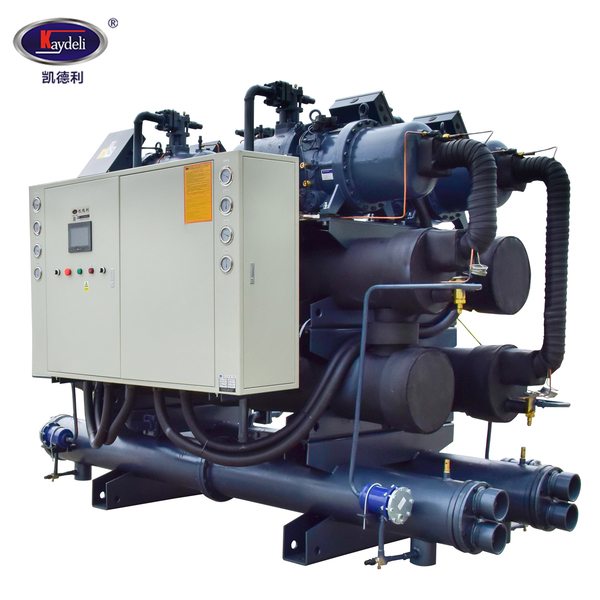Water-cooled chillers are essential for maintaining optimal temperatures in various industrial and commercial settings. When choosing a chiller, understanding its efficiency ratings is crucial. In this article, we will delve into the key efficiency ratings of water-cooled chillers: Seasonal Energy Efficiency Ratio (SEER), Energy Efficiency Ratio (EER), and Coefficient of Performance (COP). By grasping these ratings, you can make informed decisions to maximize energy savings and operational efficiency.

The SEER rating measures the cooling efficiency of air conditioners and heat pumps over an entire cooling season. It represents the ratio of the total cooling output to the total electrical energy input during that period. Higher SEER ratings indicate greater energy efficiency. When selecting a water-cooled chiller, look for models with higher SEER ratings to reduce energy consumption and lower operating costs.
The EER rating focuses on the instantaneous energy efficiency of a chiller under specific conditions. It calculates the cooling capacity divided by the power input at a given outdoor temperature. Unlike SEER, which considers seasonal variations, EER provides a snapshot of efficiency at a fixed operating point. A higher EER rating signifies better energy performance, making it an important consideration when evaluating water-cooled chillers.
COP is another critical efficiency rating for water-cooled chillers. It measures the ratio of cooling or heating output to the electrical power input. For chillers, COP indicates how effectively they convert electrical energy into cooling capacity. The higher the COP, the more efficient the chiller is at providing cooling. When comparing different chiller models, prioritize those with higher COP values to optimize energy usage and minimize environmental impact.
Understanding the efficiency ratings of water-cooled chillers is essential for selecting the right system for your needs. The SEER, EER, and COP ratings provide valuable insights into a chiller's energy performance. By choosing chillers with higher ratings, you can achieve significant energy savings, reduce operating costs, and contribute to a more sustainable environment.
Remember to consult with industry professionals or chiller manufacturers to ensure you select the most suitable water-cooled chiller for your specific requirements. Regular maintenance and proper operation will also help maintain the chiller's efficiency over time. With this knowledge, you are well-equipped to make informed decisions and optimize the performance of your water-cooled chiller system.
By continuing to use the site you agree to our privacy policy Terms and Conditions.